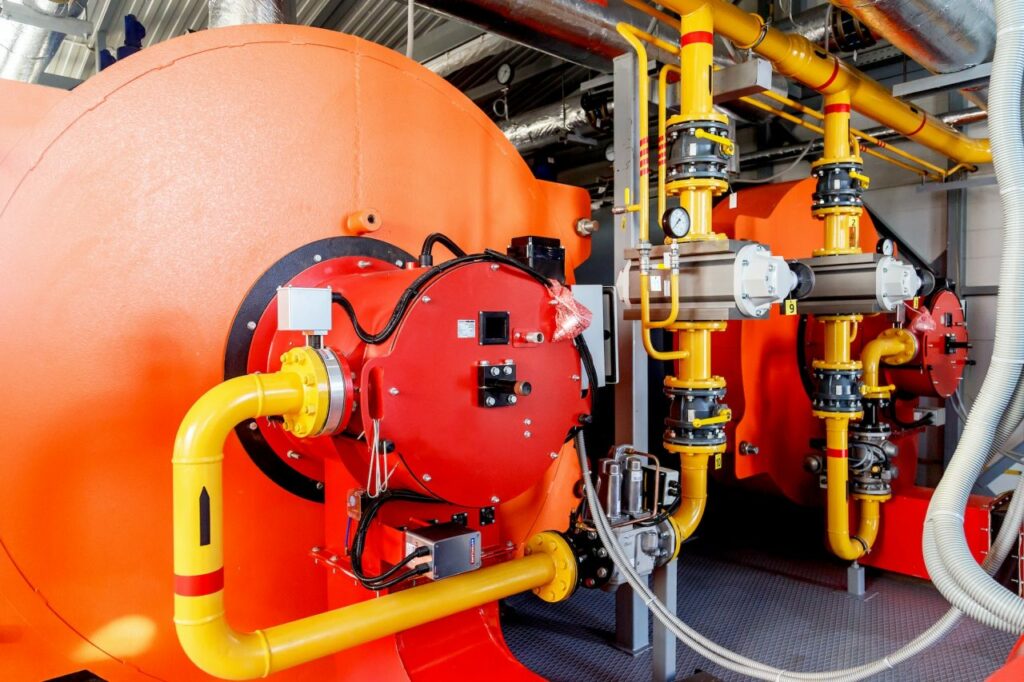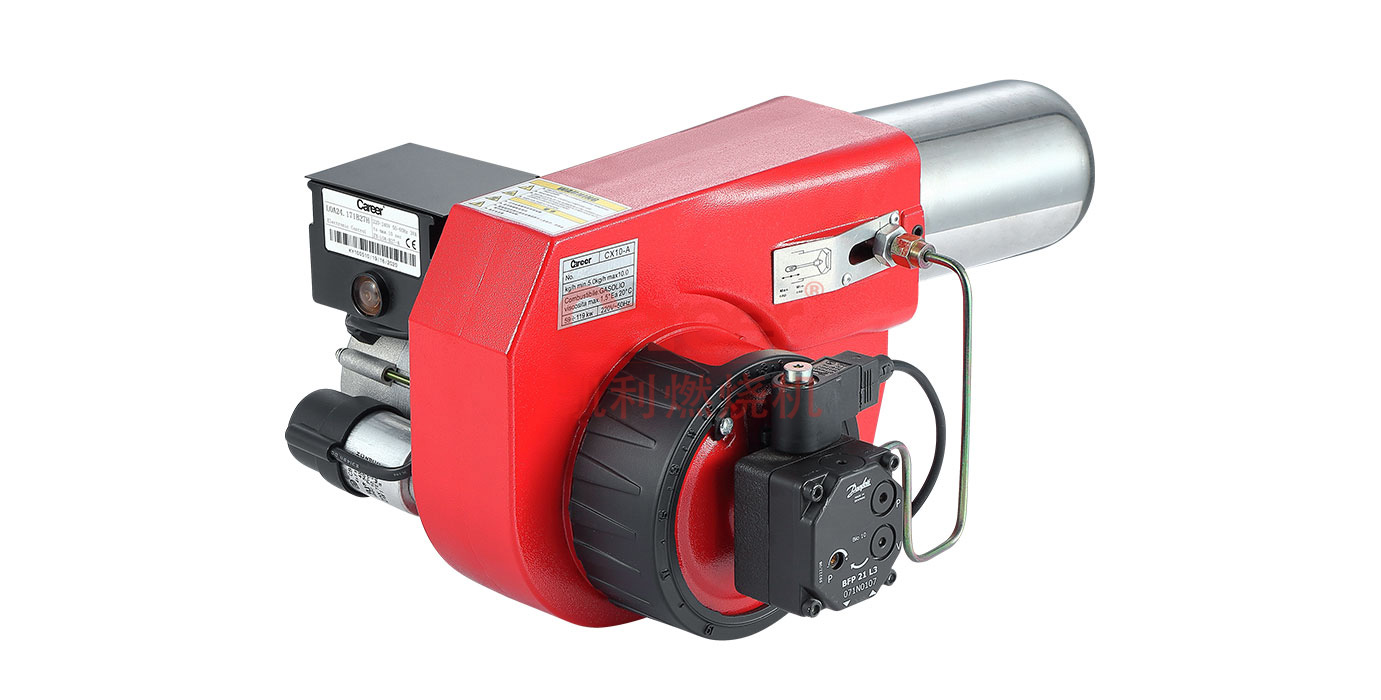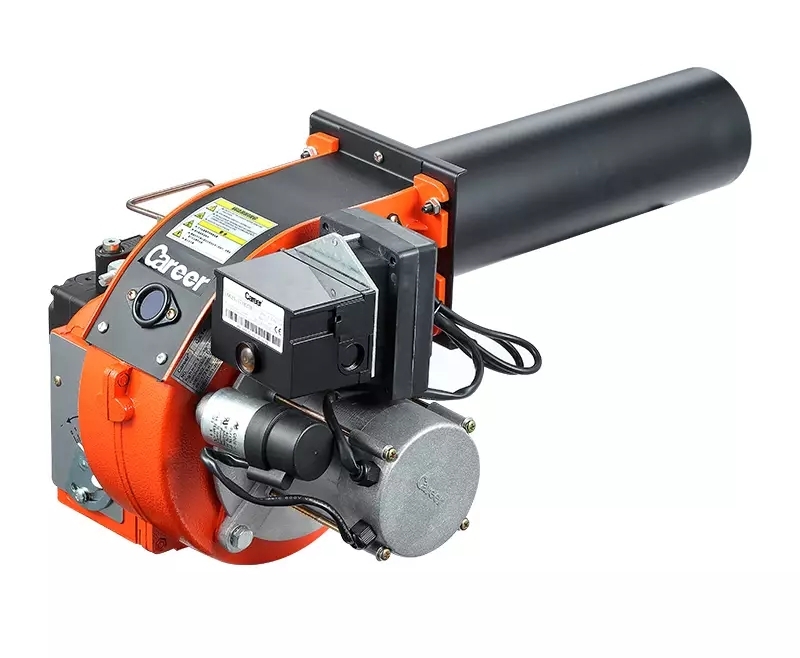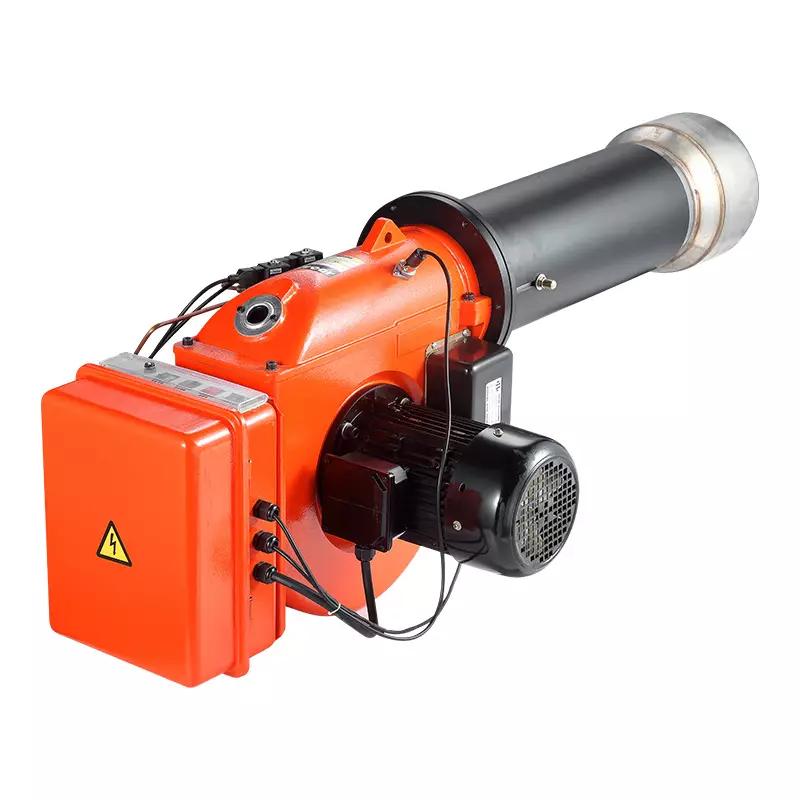We frequently receive inquiries at Career Burner regarding how to hot-start a light oil burner. For the burner to operate effectively and perform at its best, it is essential to comprehend this process. In contrast to a cold start, which begins with the system fully cooled, a hot start involves igniting the burner while the system is already warm. This process can lessen equipment wear and help conserve energy.
Table of Contents
ToggleChecking Burner Components
The first step in the hot-start procedure involves checking the burner’s components to ensure everything is in good working condition. We inspect the nozzle, which is responsible for spraying fuel through high-pressure mechanical automation. A properly functioning nozzle is essential for achieving an effective spray pattern, which promotes efficient combustion. If the nozzle is clogged or damaged, it can impede performance, so we always make this a priority during our checks.
Ensuring Fuel Flow
Next, we need to ensure that the fuel supply is adequate and that the manual flow regulation is set correctly. The light oil burner requires a specific flow rate to operate efficiently, and having the right settings can significantly affect performance. We make adjustments as necessary to maintain optimal fuel flow.
Monitoring Air Flow
Once the fuel system is verified, we proceed to check the air flow regulator. A proper air-fuel mixture is crucial for achieving efficient combustion. The air flow regulator helps maintain the right balance between air and fuel, which is vital for the light oil burner to operate smoothly. If the air-fuel mixture is off, it can lead to incomplete combustion and increased emissions.
Initiating Ignition
After all checks are complete, we initiate the ignition process. During a hot start, the burner can ignite more quickly since the combustion chamber is already warm. This not only saves energy but also reduces the time it takes to reach optimal operating conditions. The quiet operation of our light oil burners during this process is an added benefit, minimizing noise pollution in industrial settings.
Monitoring Operation
Finally, we monitor the burner for a few minutes to ensure that it is operating smoothly. We watch for any irregularities in flame appearance or unusual noises, as these can indicate underlying issues that need to be addressed.
Conclusion
In conclusion, the hot-start procedure for a light oil burner involves checking the nozzle, ensuring proper fuel flow and air-fuel mixture, and carefully initiating the ignition process. At Career Burner, we emphasize the importance of these steps to ensure efficient and reliable operation. By following the hot-start procedure, we can maximize energy savings and maintain the longevity of the burner, providing optimal performance for our customers.







